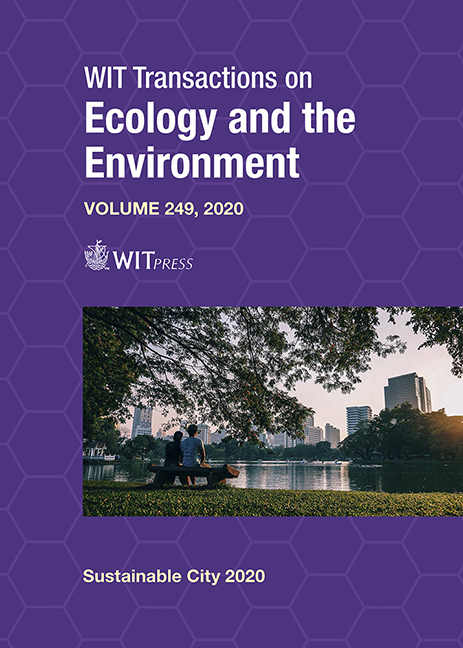URBAN TOOLS AND GOOD PRACTICES: REALIZING SUSTAINABLE PUBLIC SPACES
Author(s)
MARICHELA SEPE
Abstract
The research – titled Public Spaces. From Principles to Practice – illustrated in this paper was carried out by the author in the framework of the Urban Maestro New Governance Strategies for Urban Design Horizon 2020 research project and the INU Community Public Space, the latter coordinated by the author. The Urban Maestro Project – coordinated by the UCL and in partnership with UN-Habitat – “looks at the ways European cities are being designed and financed, focusing on innovative ways of generating and implementing urban spatial quality”. Among the objective, the project compares experiences in Europe to international practices. Accordingly, the author, as a member of the Advisory and Support Group, shared the good Italian practices in the public space field. The Community Public Space has the objective to collect best practices of public space in Italy, starting from the Charter of Public Space, which was adopted during the second Biennial of Public Space held in Rome in 2015 and updated during the 2019 Biennial. The Charter is composed by 50 principles that are a sort of guidelines for liveable and sustainable Public Spaces. In order to comprehend the relationship between theory and practice and verify the validity of the Charter after 10 years of its creation, about 30 case studies were collected. The cases are all Italian and quite recent, except two – Piazza del Campo in Siena and Piazza Chanoux in Aosta – which, although hold, are always contemporary in their uses. The general framework which emerges shows different design, planning, cultural, geographical, social and financial factors that can determine the quality of a public space. Starting from these premises, the methodology and main results of this research will be illustrated. Emblematic case studies with particular attention to sustainability will complete the paper.
Keywords
urban design, sustainability, public spaces, best practices, urban regeneration






